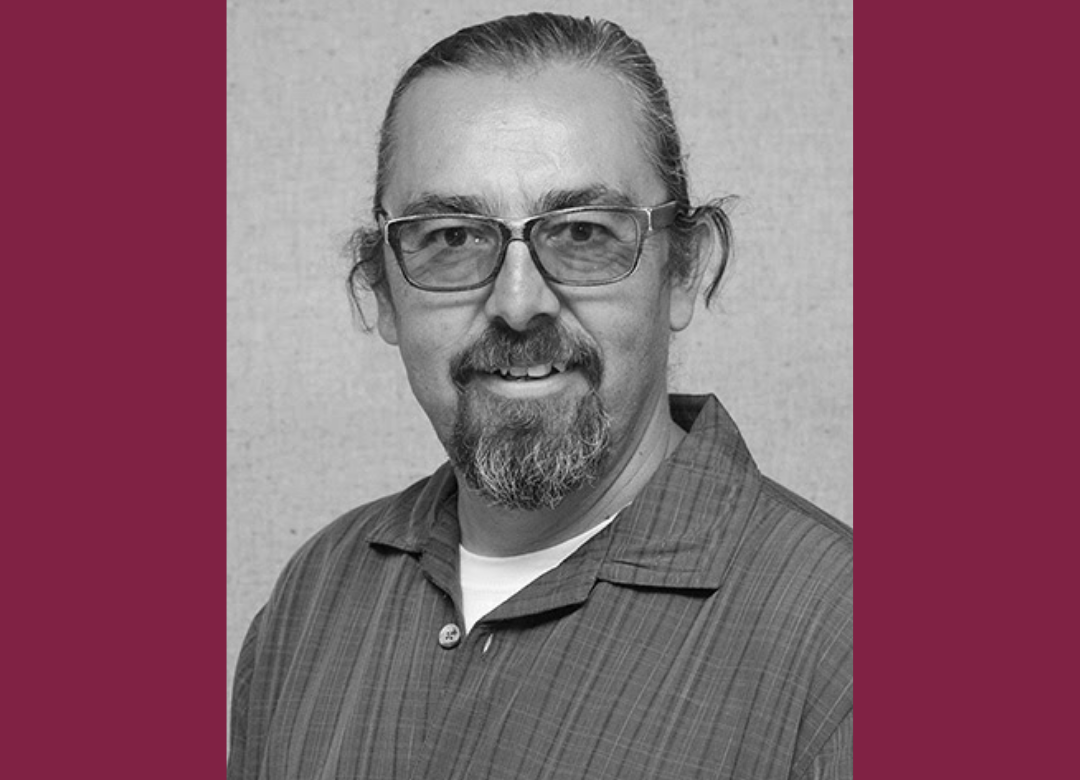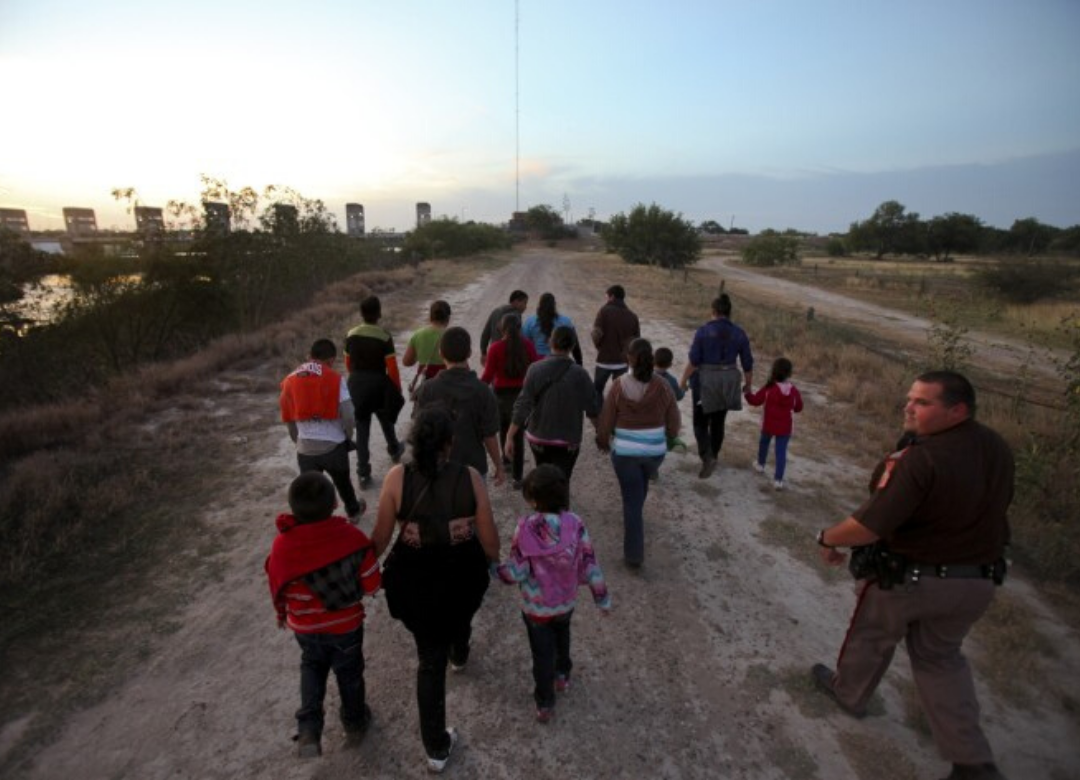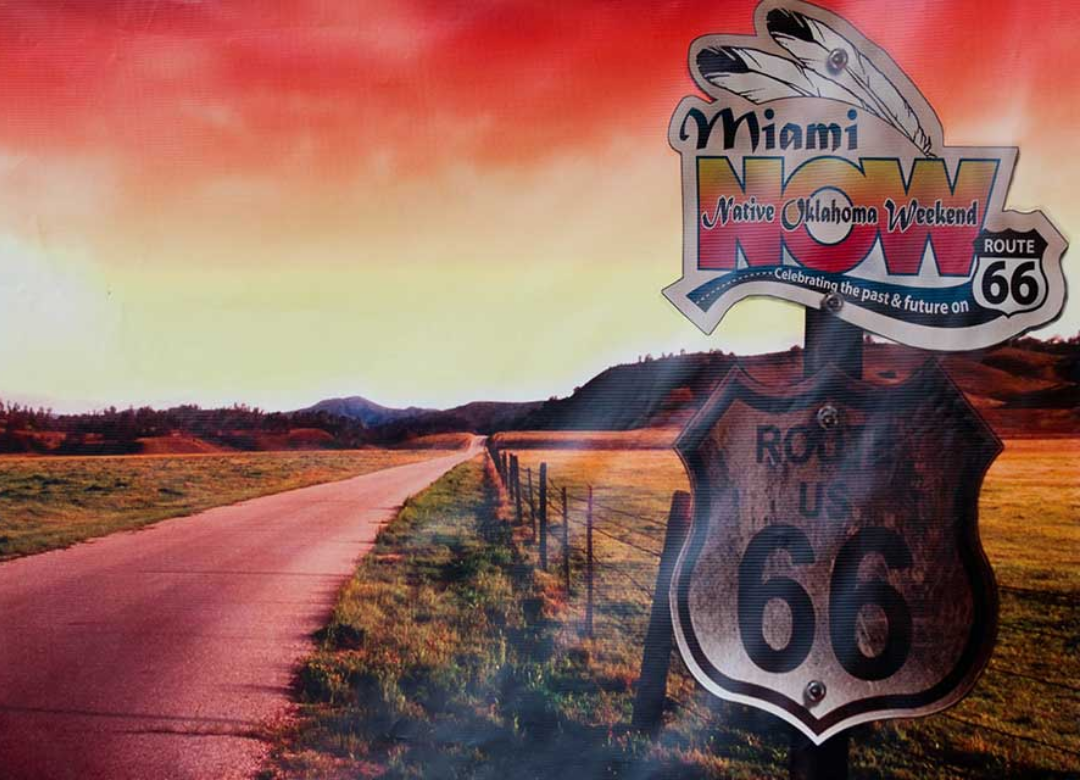Prof. Gerald Clarke has been appointed the Teresa and Byron Pollitt Endowed Term Chair for Interdisciplinary Research & Learning in the Humanities and Social Sciences. Assistant Professor in Ethnic Studies, Gerald Clarke is a renowned and award-winning Cahuilla artist, co-organizer of the recent Neo- Native: Towards New Mythologies symposium, and longtime educator and speaker on Cahuilla history and culture. His work has been exhibited throughout the United States and is included in several prominent museum collections including the Autry Museum of the American West, the Heard Museum, and the Eiteljorg Museum. Clarke received his M.F.A. in studio arts with an emphasis in painting and sculpture from Stephen F. Austin State University in Nacogdoches, Texas.
Opinion: My grandpa was a ‘Dreamer’ who crossed the Rio Grande, by Prof. Jennifer Nájera
Faculty NewsProf. Jennifer Nájera published an op/ed, “Opinion: My grandpa was a ‘Dreamer’ who crossed the Rio Grande,” in the LA Times. Excerpt below:
After a dangerous crossing, my grandpa began to work for a farmer in the lower Rio Grande Valley of south Texas — for free. He figured that if he could show how hard he could work, the farmer would give him a job — and he did.
A year passed and my grandpa sent for his family. My grandma and my three eldest aunts crossed the Rio Grande in the middle of the night, the three little girls hiding under a blanket in a small boat. My oldest aunt remembers that they would peek their heads up from time to time to ask for food as they crossed the river. We must have looked like little birds, she told me.
During the 1940s and 1950s, there was a lot controversy around the bracero program. Many claimed that it was spurring undocumented immigration. The government increased the presence of the Border Patrol and authorized its agents to conduct immigration raids, including the so-called Operation Wetback in 1954, to send people back to Mexico.
At the same time, powerful farm lobbyists were able to negotiate rights for farmers who wanted to keep their work forces stable through a process of “drying out,” or selective legalization. Sometimes this occurred en masse, and at other times in smaller groups. In south Texas where my family lived, the Immigration and Naturalization Service periodically granted “exceptions” to farmers in the early 1950s to legalize their workers.
This was how my grandpa and his three eldest daughters gained legal status. It would take longer for my grandma, because she had contracted tuberculosis and was not eligible for legalization until several years later.
My mother, born in Texas, was a natural-born citizen. Their family in 1950s Texas was very similar to those mixed-status families of today — parents and elder children who were undocumented and younger children who were U.S.-born citizens. Fortunately for them, the political climate at that time enabled them to adjust their status because it was more attuned to the region’s economic needs. Today, a similar policy for migrant workers and their families would cause a political uproar, even though we all know that it would make economic sense and would provide long-needed humane immigration reform.
Image above: The parents of “Dreamers,” like generations before them, journeyed to America to seek safety and a better life for their families. (Los Angeles Times)
Eradicating the e-Word: Musings on Myaamia Language Reclamation, by Prof. Wesley Leonard
Faculty NewsProf. Wesley Leonard published an article, “Eradicating the e-Word: Musings on Myaamia Language Reclamation,” in World Literature Today. Excerpt below:
Notions of Native American languages “disappearing,” “vanishing,” or “become e——” reflect broader and powerful colonial logics that render Native Americans into objects of history and deem illegitimate anything that misaligns with dominant society’s ideas about “authentic” Native American cultures and languages. Through this line of thinking, speaking a Native American language doesn’t necessarily count as evidence of its vitality. Even after twenty-five years of myaamia language reclamation, some scholars continue to describe myaamia with the e-word, and somebody always reverses the corrections I make to the Wikipedia entry for myaamia. (As of this writing, it includes the e-word, though there is ironically also mention of myaamia’s “revival.”)
It’s true that there are many Miamis who have not learned to speak myaamia, and perhaps never will. However, they now have some connection to their language and can choose to learn it. This is tremendously important given the historical context: not long ago, the more common situation in my community was a lack of connection to myaamia, and even the minority who felt connected to it didn’t have access to it. When focusing on Native American and other Indigenous languages, as often occurs in theories of language endangerment and recovery, people easily miss this and similar details. Reclamation requires that one ask whether community members feel connected to and have access to their languages. Reclamation intervenes in the underlying causes of Native American language shift rather than in the languages themselves.
One of the major underlying causes of myaamia language shift was two forced removals of my ancestors—first from the original Miami homelands in Indiana to Kansas, and later to Oklahoma (then Indian Territory). There are accounts of my ancestors taking handfuls of Indiana dirt with them, which is not surprising given that Miami culture significantly reflects a relationship with these homelands. Today, in addition to reconnecting to original homelands by having language programs there, my community addresses dislocation from land by using land-based pedagogies to teach myaamia and by naming new Miami spaces in myaamia. I keep in my own house a gift from our tribal chief: a vial with dirt from Indiana, Kansas, and Oklahoma.
Photo by klaxtonphoto / Flickr
Tweaking the Traditional: Spotlight on Prof. Gerald Clarke
Faculty News Video/AudioPalm Springs Life published a profile on Prof. Gerald Clarke and his Palm Springs Art Museum online exhibition “Gerald Clarke: Falling Rock.” Excerpt below:
The dirt road leading to the home and art studio of Gerald Clarke begins at State Route 371 in Anza, a mountain community 40 miles southwestof Palm Springs. Flanked by the Cahuilla Casino and the Cahuilla Band of Indians’ modest tribal offices, the narrow path is the inconspicuous gateway to a 19,000-acre reservation steeped in centuries of history but populated with only about 50 houses; two-thirds of the tribe’s 300 members live off the reservation. Clarke knows every sliver of this land, every critter and every plant — the stinging nettles (“They sting like hell, but we eat those”), tobacco (“We have songs about it”), elderberry trees (“The berries are edible, you can make flutes out of the wood, but the leaves, they’ll kill you”).
“T.E.K., they call it: traditional ecological knowledge,” he says.
Clarke also knows every lingering remnant of the tribe’s history here — the Catholic church (originally a schoolhouse) where a Bureau of Indian Affairs officer was fatally shot in 1909, the hot springs where his family bathed until they got running water in 1986 (“My dad would say, ‘People in Palm Springs pay hundreds of dollars to do what you’re doing.’ ”), the old ramada where tribal members once sang bird songs, and the cemetery where he and the men of the tribe still dig graves by hand. “Burial came with the Catholics,” he says, adding that traditional cremation is returning to favor.
Although he and his sister grew up in Hemet and Orange County, his father, Gerald Clarke Sr., picked them up on weekends and hosted them for summers on the reservation. “I grew up doing the cowboy stuff,” the younger Clarke says. “I learned early on that stereotypes are bullshit. My grandpa and my dad were hardcore Indian cowboys.”
For his part, Clarke was passionate about learning. He went to college and earned master’s degrees in painting and sculpture from Stephen F. Austin State University in Nacogdoches, Texas. He became an educator, knowing all along that his heritage would eventually lead him back to the reservation. “From the time I was very young, I knew it was my role to take over the ranch after my dad died,” he says. That day came in 2003, when Clarke was teaching studio art at East Central University in Ada, Oklahoma. He gave up his position, returned to the ranch, and began teaching part time at Idyllwild Arts, where he later became chairman of the visual arts department.
“The house I live in is 100 years old; my grandpa built it and ran things. He passed away, and my dad ran things. And now I’m … shopping for a bull,” he says, driving by a pasture and pointing out one of two steers he and his brother-in-law will butcher, providing his family with meat for a year.
Clarke has emerged as a tribal leader, and he’s back on the tenure track as an assistant professor of ethnic studies at the University of California, Riverside. But neither he nor his tribe is stuck in a time warp; the reservation has plenty of modern amenities: a bright-white internet repeater towering on a hillside, a softball field situated across from a new ramada, solar panels on several rooftops, and Clarke’s art studio, a Quonset structure he built two years ago.
Read the full article here.



